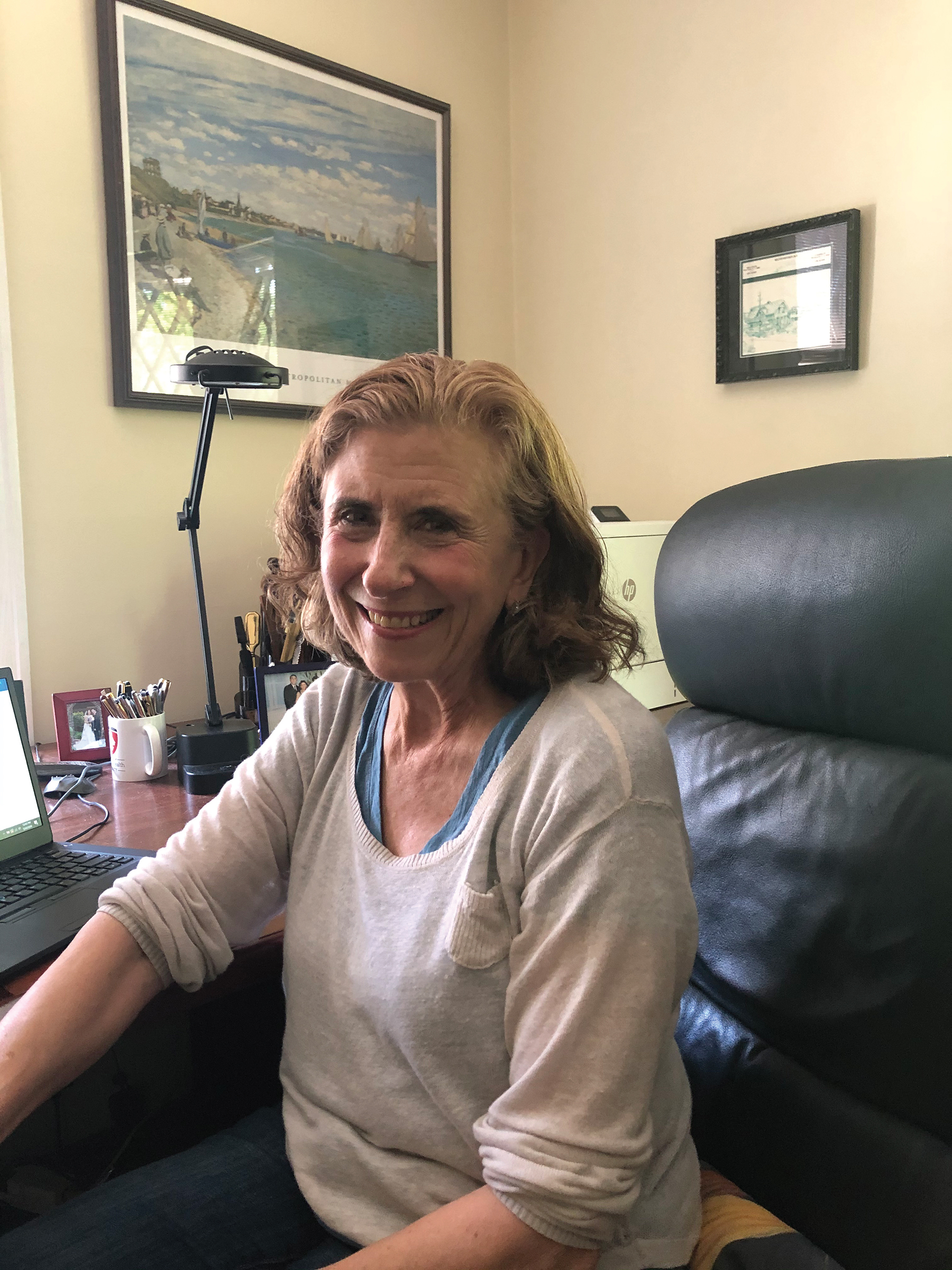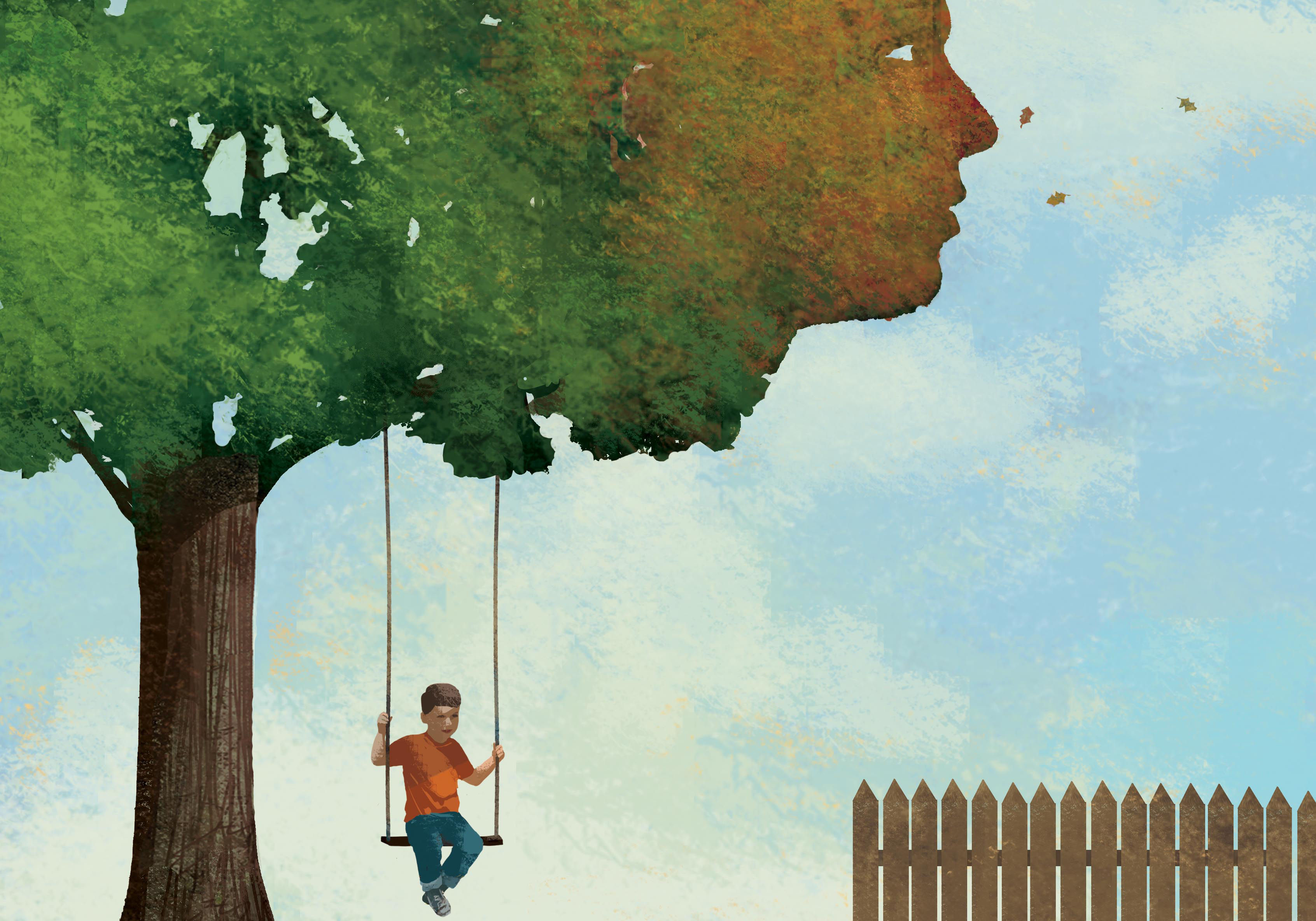A child’s cancer diagnosis can tear apart a family’s sense of security. After successfully navigating the cancer experience and all that comes with it, no one wants to face that again, and patients and families may fear an increased risk for secondary cancers. Oncology nurses can support pediatric cancer survivors and their families with resources for monitoring and reassurance about the possibility of facing secondary cancer.

Concern Doesn’t Reflect Risk
Research has shown that the pediatric cancer survivor population is at higher risk for developing chronic health conditions, including secondary cancer. However, Gibson et al. reported that 31% of adult survivors of pediatric cancers aren’t concerned about their future health and 40% aren’t worried about developing cancer.
ONS members Linda A. Jacobs, PhD, CRNP, FAAN, and Melody Watral, MSN, RN, CPNP-PC, CPON®, said that radiation treatments in particular put pediatric patients at higher risk for developing a secondary cancer than young patients who received other forms of cancer treatment.
“There is a risk for developing a cancer in the field of radiation many years post-treatment and, in the case of a child cured of cancer, that could mean developing a new and potentially life-threatening cancer as a young adult,” Jacobs, a clinical professor of nursing and director of development of cancer survivorship clinical programs, research, and education at the University of Pennsylvania’s Abramson Cancer Center in Philadelphia, said.

Watral, a clinical instructor and nurse practitioner in the University of North Carolina at Chapel Hill School of Medicine’s Department of Neurosurgery, listed an array of outcomes for children who survive brain tumors.
“Thinking about several of my patients with brain tumors who were all diagnosed at the same time, they each underwent similar treatments and all three had different outcomes,” Watral said. “Two of the three required hearing aids, all faced educational barriers, one passed away in early adolescence after a second tumor recurrence, and two completed college.”
Survivors who received high doses of radiation therapy are slightly more likely to express concern for their future heath. However, 35% of them still weren’t concerned about a cancer recurrence.
Radiation treatment factors that increase risk of cancer recurrence include young age (especially younger than six years) at time of diagnosis, higher dosage of radiation, and comorbid conditions like neurofibromatosis.
A Pediatric Survivor’s Unique Perspective
Pediatric cancer survivors differ from adults in that many still rely on their parents to navigate heath care for them at time of diagnosis.
“Unlike healthy children, many pediatric cancer survivors continue to rely on their parents after reaching adulthood,” Jacobs explained. “Consequently, nurses must assist those patients and families in managing their expectations and transitioning to adult medicine.”
In Jacobs’ experience, the transition conversation should begin at diagnosis to ensure that families understand that patients will not always be followed by their primary oncologist and at some point must take responsibility for their own health care, which can be daunting.
“These young adults are out of step with their peers in many ways and may decide to ignore things they should be attending to,” she said.
Jacobs added that her institution uses a nurse navigator who works directly with pediatric survivors. “The personal attention makes a very big difference in building relationships and emphasizing the importance of screening compliance. If the patients understand what they may be at risk for developing, adherence to recommendations is more likely.”
Barriers to Follow-Up Care
Pediatric patients report additional barriers to follow-up care, such as lack of clear provider recommendations, fear of recurrence, wishing to move on with life, competing life responsibilities because of work and children, and not perceiving the need for a visit because they’re not experiencing symptoms.
“One of the difficulties is finding adult providers—both primary care physicians and oncologists—who are willing to accept these patients for adult follow-up care,” Watral said. “It is getting better, but still a challenge for our patients and their families.”
Jacobs recommended monitoring for mental health disorders commonly found in pediatric survivors, such as anxiety or depression.
“The first step is asking the right questions. During a review-of-symptoms assessment, ask how their mood is. In casual conversation, ask if they’re getting out and what are they doing,” she said. “In some cases, ask direct questions like ‘Are you feeling anxious or depressed?’ or ‘Would you like something to take the edge off your anxiety?’”
If there’s any concern, oncology nurses can refer patients to the cancer counseling services or support groups and available online services.
Navigating the Whole Family’s Needs
Parents are more equipped to handle a child’s cancer diagnosis when their need for information is fulfilled. But when finding and applying that information to decision making, parents may experience six main issues:
- Determining their information needs
- Identifying reliable sources of information
- Finding the information
- The decision-making process
- Factors affecting decision making
- Expectations from the health team
Jacobs recommended that oncology nurses always ask a patient’s permission, no matter their age, before speaking to their family and preparing parents to allow their children to make decisions about their own health. Jacobs said that hovering is common and difficult for any parent to refrain, but children need space to take ownership of their health care.
“Vigilance is necessary when it comes to ongoing surveillance, and although parents may be tempted to let things go when their children seem fine, they must follow the recommendations of their providers,” Jacobs said. “Lifelong follow-up care is critical for this population, and survivors and their families need to understand that it should be part of the patient’s life.”






